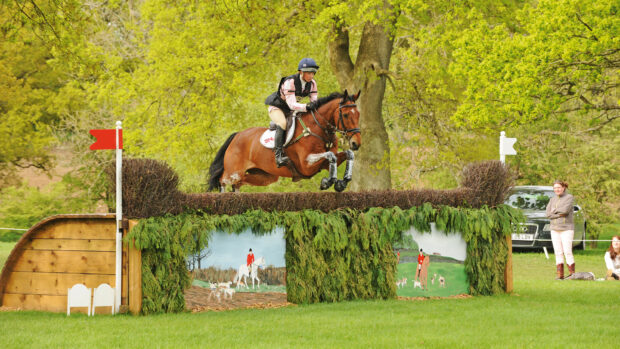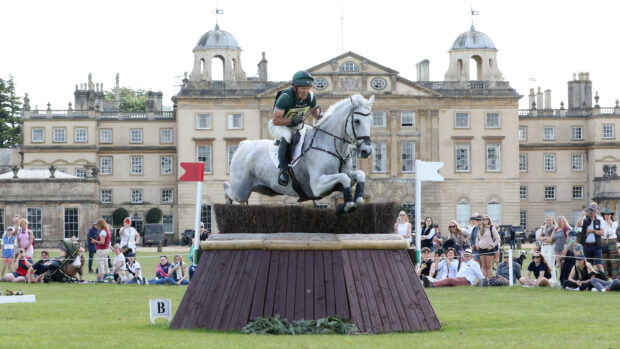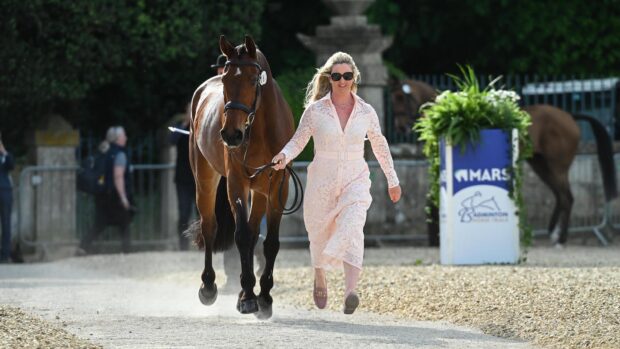Four-star event rider and multi- junior and young rider European eventing medallist Georgie Spence provides one H&H forum user with some helpful advice on how to stop her horse rushing his fences
Q: “A friend of mine is in need of some help with her ex-showjumper. He is an absolute dream on the ground and to school but the minute a jump goes up, big or small, he absolutely fires and tanks forwards, over the fence and away. She has tried to re-school him over smaller fences and poles for confidence, tried going with it, tried circling, trotting into, and various different bits over the past few years (which have made absolutely no difference) and all sorts of different exercises and grids. The problem she is finding is how strong he is — once he has locked on there is nothing she can do to slow him and it is getting very frustrating for her now. Do you have any hints, tips or useful things she could try?”
Georgie says: “Well it sounds like you have tried a lot of exercises.
There are some more you could try. The first I would suggest is to think about helping him slowing down after the fence, not before. A lot people try to pull their horses up in front on the fence. But I find you often take away your horse’s spirit if you do this and you actually should be praising him for going forward, but try and direct him into understanding the speed.
I like to try and make a walk transition in a straight line after the fence. A halt transition can also be useful, but also does break the rhythm. Whereas the walk is still a forward pace and therefore teaches the horse to slow his speed but not stop altogether. So go into walk and then go back into canter and repeat.
Continued below…
Related articles:
Horses learn by repetition and therefore if you do this enough times, your horse will anticipate the transition and slow down.
Another exercise is to put four fences on a circle. Start with poles or raised poles and then progress to small jumps. If your horse rushes, jump a fence, then circle to the inside of the jump and then circle back around and jump the same fence again. Then go to the next fence, jump it, and again circle and then jump. This repetition helps to slow the horse down as he anticipated that he will circle after each jump.
The circles help to give the horse direction and then you don’t have to pull on both reins to slow down; you can let the circle do the work for you.
I hope these exercises help and good luck.
Visit Georgie’s website or follow her on Facebook




